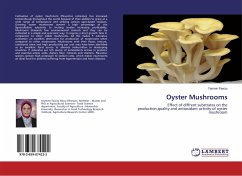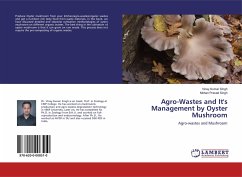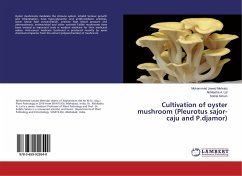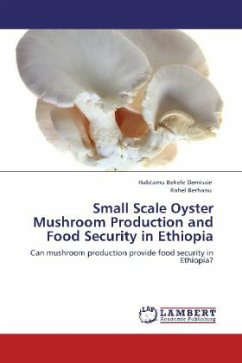Cultivation of oyster mushroom (Pleurotus ostreatus) has increased tremendously throughout the world because of their abilities to grow at a wide range of temperature and utilizing various agro-based residues. Growing oyster mushrooms convert a high percentage of the lignocellulosic substrate to fruiting bodies increasing profitability. Mushroom demands few environmental controls and they can be cultivated in a simple and economic way. It requires a short growth time in comparison to other edible mushrooms. All this makes P. ostreatus cultivation an excellent alternative for production of mushrooms when compared to other mushrooms. Mushrooms with their flavor, texture, nutritional value and high productivity per unit area have been identified as an excellent food source to alleviate malnutrition in developing countries. P. osteratus are rich source of antioxidants actress in proteins and essential amino acids, dietary fiber, minerals and vitamins. Pleurotus species contain high potassium to sodium ratio, which makes mushrooms an ideal food for patients suffering from hypertension and heart diseases.








